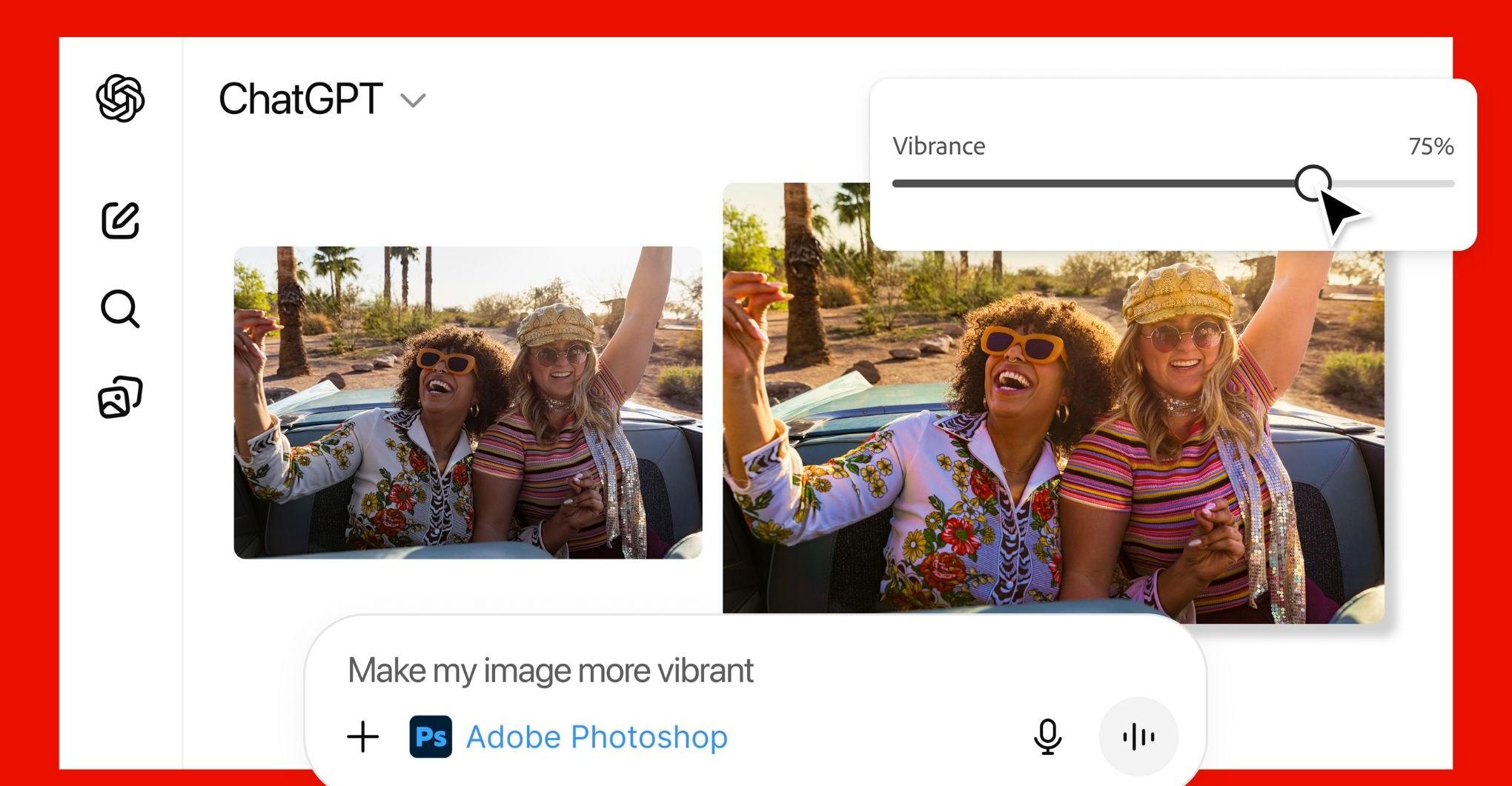Update December 8th, 4:55PM ET: Three days after this story was initially published, Apple found a way to block Beeper Mini, effectively shutting down the service. The original story follows.
- Home
- Technology
- News
There’s a new iMessage for Android app — and it actually works
Beeper has reverse engineered iMessage into an Android app. It actually works, and Beeper says it avoids the security problems of Nothing Chats.


Earlier this year, a developer slid into Eric Migicovsky’s DMs with a spectacular claim: that he had reverse engineered Apple’s iMessage, allowing any device — Android, Windows, whatever — to send messages as a blue bubble. Migicovsky didn’t believe what he was reading.
“I said, ‘Bullshit, no one has done that. No one on earth has done that,’” said Migicovsky, CEO of the messaging startup Beeper. He’d tried to do it himself, and he’d messaged everyone he could find who’d ever gotten close. “No one had put all the pieces together.”
But now there was this developer in his DMs — a 16-year-old high school student, of all people — linking him to a prototype. And it worked.
That prototype became the basis for a new Android app, called Beeper Mini, that Migicovsky’s startup is launching today. Open the app, and it’ll look at all of your text message conversations, figure out which ones are from iMessage users, and switch them over to blue bubble conversations on Apple’s platform. From then on, whenever you message an iPhone user through Beeper Mini, you’ll be using iMessage, and they’ll be none the wiser.
There were no lost messages, no broken group chats
I’ve been using the app for the past few weeks, and I’ve been surprised at how smoothly it works. Messages sent from Beeper Mini on my Pixel 8 appear as blue bubbles on the iPhones of my friends and family members. Group chats I’m on automatically switched over to iMessage as soon as someone fired off a meme. Reactions, threads, photos, and videos (without the messy text message compression) all came through. The best thing I can say about Beeper Mini is that almost no one noticed I was using it: blue bubbles just started appearing — no lost messages to speak of.
Beeper Mini joins a growing list of apps trying to hack the iMessage experience onto Android, but Migicovsky is adamant that Beeper Mini is not like the other services out there: it is directly sending iMessages.
Other services — including Beeper’s previous iMessage implementation — would relay messages through a Mac hosted in the cloud. That poses real security problems, as recently exemplified by Sunbird and its Nothing-branded spinoff, Nothing Chats. Nothing’s app was launched and pulled in just four days after serious security issues were discovered; Sunbird pulled its app shortly thereafter.
Beeper Mini avoids some of those problems because it’s operating in a fundamentally different way. Its developers figured out how to register a phone number with iMessage, send messages directly to Apple’s servers, and have messages sent back to your phone natively inside the app. It was a tricky process that involved deconstructing Apple’s messaging pipeline from start to finish. Beeper’s team had to figure out where to send the messages, what the messages needed to look like, and how to pull them back down from the cloud. The hardest part, Migicovsky said, was cracking what is essentially Apple’s padlock on the whole system: a check to see whether the connected device is a genuine Apple product.
“We jailbroke iPhones then dove deep into the OS to see how everything worked,” Migicovsky wrote to me over iMessage. “Then wrote new code from scratch to reproduce everything inside our Android app.”
Beeper doesn’t see your messages, contacts, or password
The result, according to Migicovsky, is a third-party implementation of iMessage that is actually secure: Beeper doesn’t see your messages, your contacts, or your Apple ID password. (It doesn’t even need you to log in.) It is, he says, just connecting to Apple’s servers like an iPhone would.
Migicovsky knows that security will be the big question on potential users’ minds. To address concerns, Migicovsky says Beeper’s iMessage code will be open source for others to review. Beeper’s CTO, Brad Murray, also spent some time trying to break open the system as if he were an attacker and is publishing his findings.
The bigger question may be how long Beeper Mini can survive. Migicovsky believes he’s on the right side of the law (he points to a copyright carveout for reverse engineering and says there’s no Apple code in Beeper Mini); and he believes it’d be too difficult for Apple to cut Beeper off without also breaking iMessage for legions of genuine Apple devices. I’m not so sure on either count — Apple is deeply protective of iMessage as a lock-in mechanism for the iPhone, and it’s hard to imagine the company ignoring the spate of third-party iMessage solutions forever.
At the very least, Beeper has been operating the less secure kind of iMessage relay for nearly three years, and Migicovsky says he hasn’t heard a word from Apple yet. Apple didn’t respond to The Verge’s request for comment about third-party iMessage apps.
Beeper initially launched in 2021, promising to build a singular home for all your messaging. The company has raised $16 million in pursuit of that goal and grown in size to about 20 people. The 16-year-old developer who reverse engineered iMessage is now working for Beeper as a contractor; Migicovsky declined to share further details about the student, citing privacy concerns. A GitHub page belonging to the student says he lives in Pennsylvania.
Beeper Mini lands at a strange moment for both Beeper and iMessage: Apple recently said it would adopt the RCS messaging standard, bringing many of the key benefits of iMessage — good quality photos, read receipts, and eventually encryption — to cross-platform texting. Once those features arrive, Beeper will largely just be offering you that coveted blue bubble.
Most people didn’t notice the bubbles had turned blue
In my experience, most people I messaged simply didn’t notice. The group thread moved on. Photos came through. Messages were just a different color. Of course, that’s the whole thing with the blue / green bubble divide: it’s largely artificial. It’s often not about the ability to have a chat, just to identify the odd person out. That didn’t matter much for me, but I suspect it will for many others — and for those who feel punished by their green bubbles, maybe Beeper Mini will be worth using.
At launch, the service will cost $2 per month and only offer access to iMessage. Migicovsky says Beeper Mini will eventually drop the “Mini” branding and integrate all the other chat services offered on Beeper’s main app — WhatsApp, Messenger, Signal, and so on, all hacked together to work inside a single convenient interface. My biggest complaint at the moment is that Beeper Mini doesn’t support SMS and RCS, so this one-day all-in-one app is currently dividing my texting experience in two. Migicovsky says bundling in SMS and RCS is coming, too. All those extra services might just cost a little more, though.
Even with RCS coming to iMessage, Migicovsky thinks there’s still an important role for Beeper. “The long-term vision is one app that you can use to chat with anyone in the world,” he says. It’s a great goal — Beeper just has its work cut out to keep them all tied together.
Sources: Rangers address needs with 3 signings
- 17 hours ago
Security forces kill 13 Khwarij in two separate engagements in KP: ISPR
- 12 hours ago
Bondi Beach shooting: Australia hails ‘hero’ Ahmed who stopped gunman
- 11 hours ago

How do you know if you’re wasting your life?
- 3 hours ago
Under-19 Asia Cup: India beat Pakistan by 90 runs
- 11 hours ago
Source: Gray, Nats reach deal to avoid arbitration
- 17 hours ago
NHL board of governors eager to see more 'color vs. color' jersey matchups
- 17 hours ago
Jays president Shapiro given new 5-year deal
- 17 hours ago
Diaz picked Dodgers because 'I'm looking to win'
- 17 hours ago

Pakistan condemns attack on UNISFA in Kadugli, Sudan
- 11 hours ago
Pakistan aims to become model in digital assets regulation: Bilal saqib
- 11 hours ago
Australian PM declares Sydney shooting a ‘terrorist’ attack targeting Jews
- 10 hours ago













